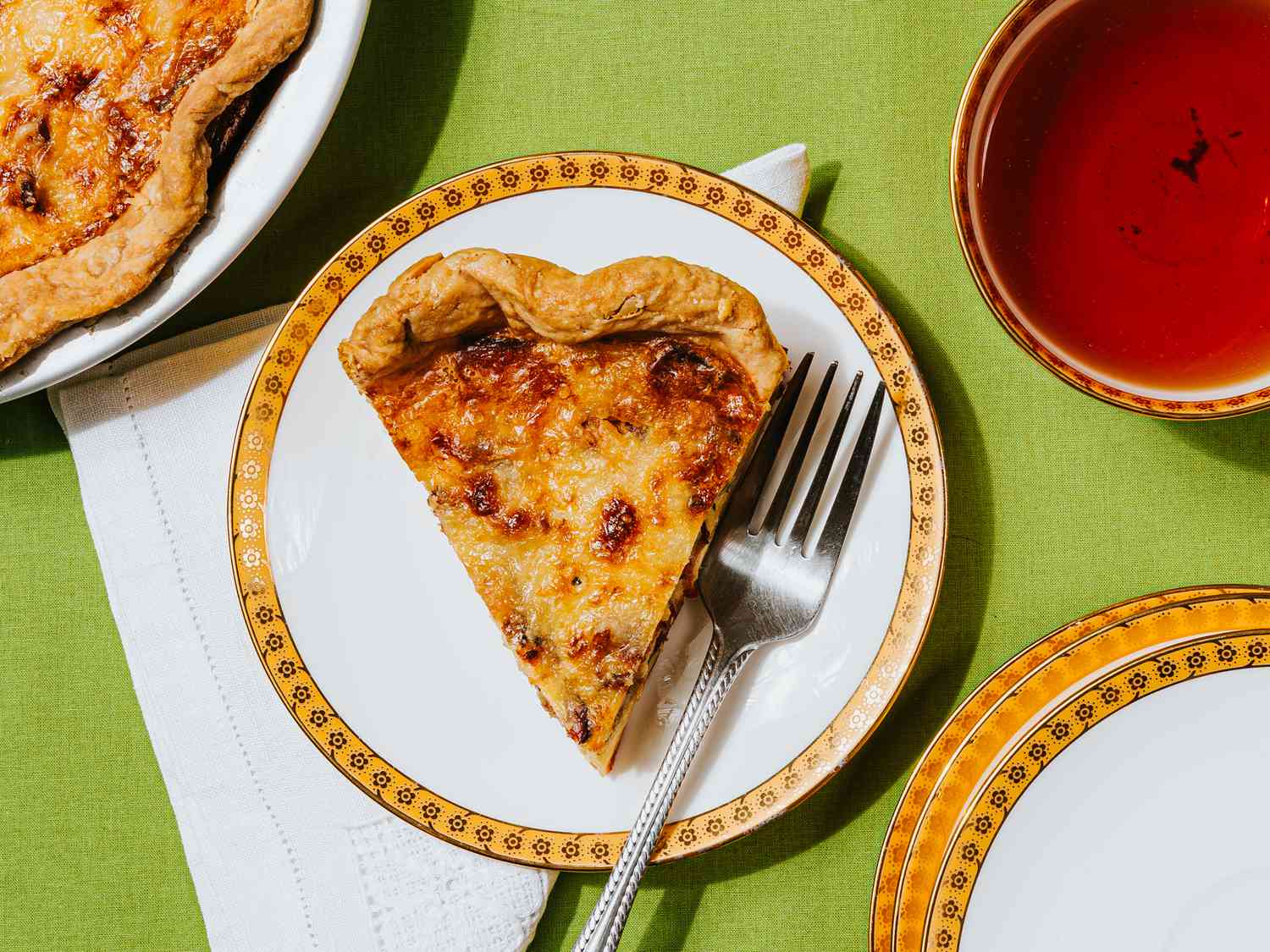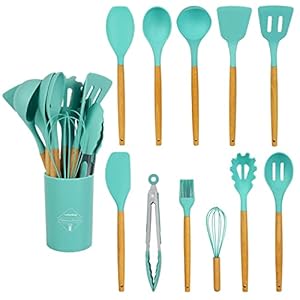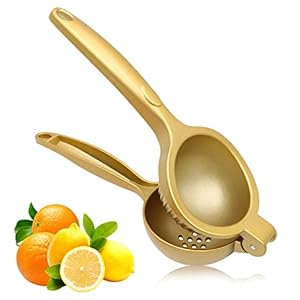
Why It Works
- Par-baking the pie crust ensures it remains flaky and crisp once filled and baked.
- Aromatics, including shallot, garlic, thyme, and lemon zest, cut through the custard’s richness and enhance the quiche’s savory flavor.
- Baking the quiche until the outer edges are set but the center is still jiggly guarantees a silky custard filling that’s not overdone and rubbery.
The iconic French classic quiche Lorraine is unapologetically buttery, bacon-y, and custardy, with a very tender, flaky crust. It’s grown to the status of special occasion fare here in the US, but at its heart quiche Lorraine is not a fussy dish. It has humble beginnings, originating in the picturesque region of Lorraine in northeastern France as a simple and hearty meal prepared by farmers. It was a rustic creation, crafted from basic ingredients readily available in the countryside: eggs, cream, cured pork belly, local cheese, and dough—not something reserved for holiday brunches.
For me, part of quiche Lorraine’s charm lies in its imperfections: I like the little brown spots that form on the surface and the fact that the edges are a little more well done than the center, giving you some nice textural contrast from the first bite to the last. But just because it’s simple and rustic, doesn’t mean it’s not special: Its balance of flavors, versatility, and adaptability have made it a popular bistro menu item both in France and the US.
While making quiche Lorraine may seem like a daunting project, it’s actually pretty easy. And it can be completely prepared ahead, so all you have to do before brunch is let it come to room temperature, make a green salad, and take the well earned credit. Here’s how to make a quiche Lorraine with a golden crust, rich custard filling, and just the right balance of flavors.
Serious Eats / Deli Studios
Tips for a Great Crust for Quiche
A properly made pie crust is the foundation of any quiche. It must be sturdy enough to hold and support its hearty filling once sliced and served, yet flaky, crisp, and delicate once bitten into.
To achieve this ideal crust, I start with Stella Park’s tried and true Buttery Flaky Pie Crust recipe. There was no need to reinvent the pie dough wheel here. Her technique of smashing the butter and folding and laminating the dough creates ideal buttery flakey layers. You can, of course, substitute with your preferred pie dough (or even a store bought dough—I won’t judge you). But no matter which pie dough you choose for this recipe, there are certain steps you need to take to achieve a flaky crust that will hold its shape once baked:
Keep your ingredients at the correct temperature. First, the dough must be the right temperature when you go to roll it out. If the dough is too warm, the butter will melt into the dough and the flake-forming butter pockets won’t steam properly during baking. But the dough also can’t be too cold; it must also be malleable enough so you can roll and shape it without cracking. Stella mentions in her dough recipe that the ideal dough temperature range for shaping is 65 to 70°F (18 to 21°C). While, yes, that is a malleable temperature for the dough, I’d argue that less experienced bakers want the dough cooler when initially rolling out, closer to 55 to 65℉ (13 to 18℃). If you are working in a warm kitchen with warm hands, the dough will turn soft and malleable quickly, sticking to the counter and becoming challenging to work with. Starting with the dough slightly cooler, at my suggested temperature range above will help prevent this.
Serious Eats / Deli Studios
Remember that the refrigerator is a dough’s best friend. To further minimize the risk of the large pockets of butter melting or sticking when handled, I recommend refrigerating the dough for about a half hour to firm up before shaping. At this point you could even just keep it refrigerated for a day before shaping, to fit into your timetable. Once out of the fridge, if the dough is too firm to roll, simply let it sit for five to 10 minutes until it is pliable enough to roll.
Don’t be shy with the flour. Don’t be afraid to liberally dust the work surface, both sides of the dough, and the rolling pin with flour before and during shaping the crust. Dough can easily stick to the counter and tear, and a well floured work surface is the best way to prevent this. You can always dust off excess flour with a pastry brush at any point before filling the pie, if needed.
Roll with purpose. Another tip is to always roll the dough in a single direction to create a circle of even thickness. Start in the middle of the dough, roll away from you, rotate the dough 90 degrees, and again roll away from you. Continue rolling in one direction and rotating the dough until it reaches its proper diameter. A bench scraper makes it easy to lift the dough off the counter and rotate and can help if the dough begins to stick. Also occasionally flip the dough over completely while rolling it out to avoid sticking.
Once the dough is rolled out and eased into its pie plate, the crimping can commence. I’ve spelled out a basic crimping technique in the recipe, but you can be as creative as you choose using a fork or spoon to imprint designs or layer decorative dough cutouts along the dough’s edge.
Avoid slumping. To minimize the risk of the dough drooping down or slumping over the sides when you parbake the crust, press it firmly into the bottom and sides of the pie plate to anchor the dough in place, pushing up along the sides as you press. For a consistently golden crust, I prefer to use a metal pie plate. Also make sure the crimped edge is centered over the rim of the pie plate and not overhanging it.
Serious Eats / Deli Studios
The crimped and shaped pie dough must be refrigerated for at least one hour. No shortcuts here. The pie dough must be as cold as possible when it goes into the oven. This is the number one way to minimize any risk of the dough slumping or losing its shape during baking (we’ve all been there). If you have the time, you will only benefit from going even longer than the one hour minimum fridge time; just keep the lined pie shell lightly covered with plastic wrap and refrigerate for up to 24 hours.
You can even blind bake the crust a day or two in advance and leave it on the counter, or freeze it, well-wrapped, for up to three months.
Creating a Silky Flavorful Quiche
Though a quiche custard only relies on a few simple ingredients—cream, milk, eggs—the concept can seem a bit daunting—a delicate custard set in a crisp pie crust is a great testing ground for perfectionist technique. And true, a really perfect quiche—one with a moist, barely-set center that jiggles gently under your fork pressure with no hint of curdling and the most delicate scent of nutmeg—is seemingly not an easy feat to accomplish. But, it’s actually fairly simple to whip up.
Bolster the custard’s flavor. Most quiche Lorraine recipes stick to the quiche’s original simple flavor profile: a custard of eggs and dairy (milk and cream) layered with bacon and Gruyère cheese and baked in a buttery dough shell. While this is in line with the quiche’s humble origins and flavor profile, I’d argue that since we aren’t living in the quaint countryside of France, we can embrace an array of aromatics to enhance the classic quiche’s flavor.
So in my recipe I stray (just a bit) from tradition, but I swear it’s with the best of intentions and outcome! (I know, how very American of me to mess with a simple classic French recipe!) After rendering the bacon until crisp, I sauté shallot, garlic, and thyme to enhance the filling’s savory flavor. This is a dense, rich, stick-to-your-ribs dish, and folding this aromatic base, along with lemon zest (another variation from the classic) and optional nutmeg, into the filling cuts through its richness and adds bright aromatic flavor to the custard.
Layer with purpose. Pouring a loose liquid custard filling directly into a pie crust can be a recipe for disaster, specifically a soggy quiche bottom. To avoid this, sprinkle half of the cheese–a combination of nutty Gruyère and Parmesan–evenly over the bottom of the par-baked crust, followed by half of the bacon. As the cheese melts while baking, it will form a barrier over the bottom crust, preventing the liquid filling from seeping into it. Then pour the custard—give it a good stir right before pouring to ensure the aromatics are evenly distributed throughout—over the bacon. I reserve the remaining bacon and cheese to sprinkle evenly over the top of the quiche just before popping it in the oven. The cheese and bacon will sink into the filling slightly while it bakes, resulting in photo-worthy bits of bacon peaking out on top of the quiche.
Serious Eats / Deli Studios
Don’t overcook it! Beware of overcooking your quiche, as it will continue to set as it cools. Overcooking the quiche will result in a curdled, lumpy, even gritty custard, when what you want is a silky, creamy, rich filling with bits of bacon, shallot and Gruyère that break up the texture. Pull it out of the oven while the center is still a bit wobbly but the edges are firm. The top of the quiche will take on some color and turn spotty brown, but don’t worry, this visual isn’t a sign that it’s overcooked in the center. The golden brown skin that forms on top gives the quiche a gorgeous rustic presentation and adds a layer of nutty flavor.
Cool the quiche before slicing. Quiche is not for the impatient. Although it’s fairly simple to prepare, we’ve by now established that every element of this recipe takes time. I’d argue the most important time is the final cool down. Like most tarts or pies, a quiche is best when cooled completely for at least three hours. The creamy egg enriched filling will fully set once cooled, ensuring a perfect slice that holds together instead of slopping apart on the plate. So while the wait may seem punishingly long, it is well worth it to avoid a soupy mess.
You can, of course, still enjoy a nice warm slice of quiche, but the best way to do so is to let it cool completely, then gently rewarm the whole quiche (or individual slices on a baking sheet) in the oven at 325℉ (165℃), covered if needed to prevent the crust from burning, until just warmed through before serving. Pair it with a simple salad and a glass of crisp white wine for an extremely satisfying brunch, lunch, or dinner.
Trending Products










